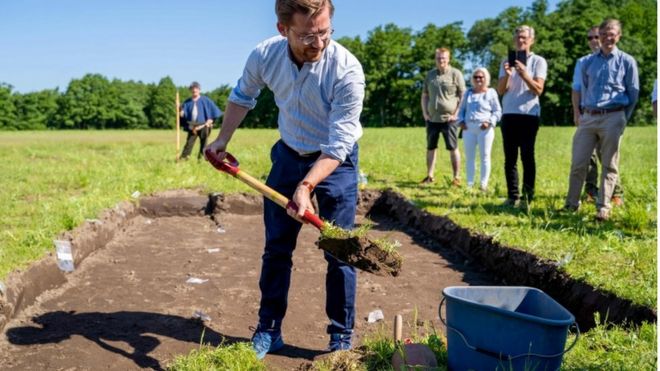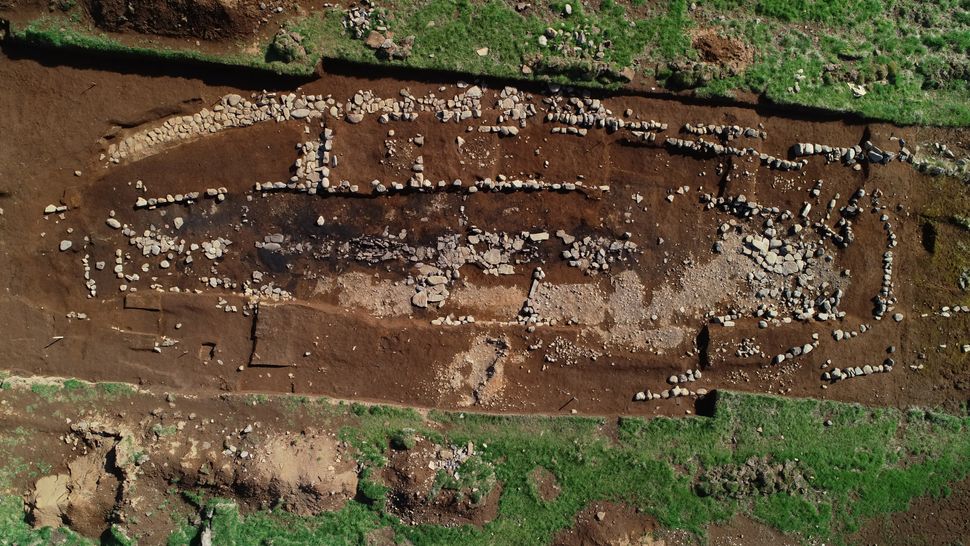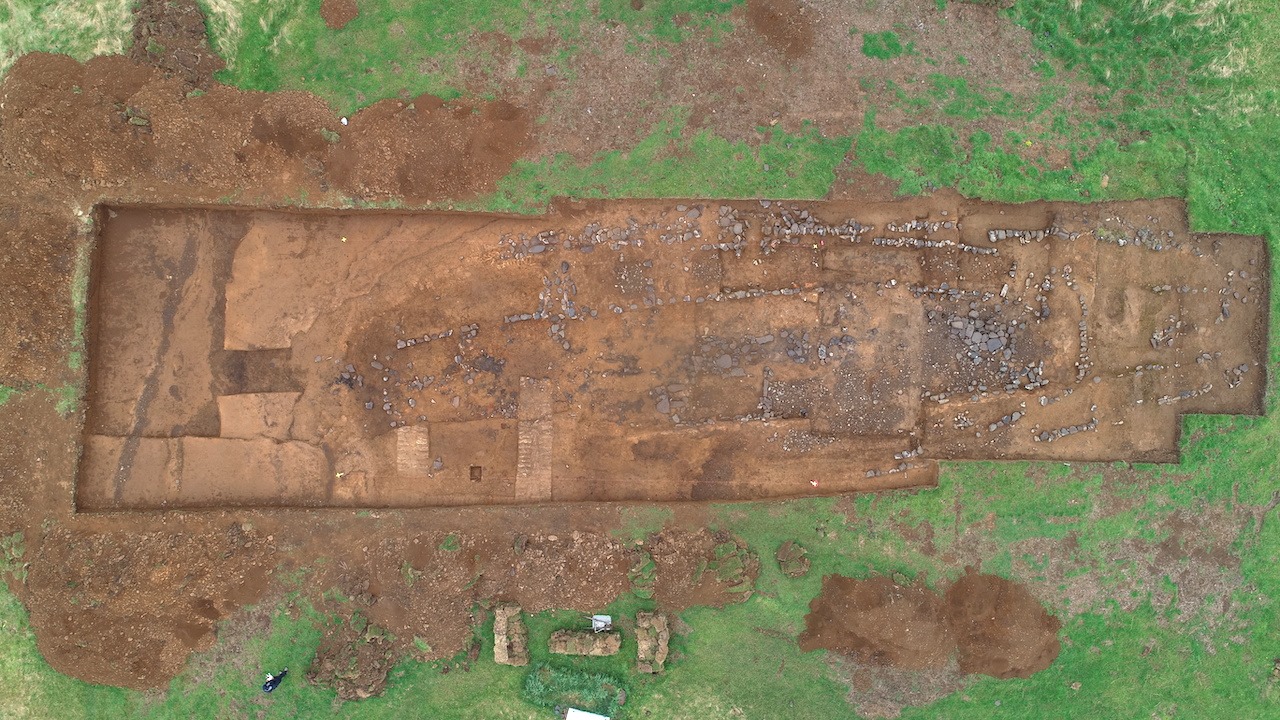The excavation was launched by Norway's climate and environment minister on Friday
AFP
The vessel was discovered in a burial site in Gjellestad in the south-east of the country two years ago.
Although it is believed to be in poor condition, the find remains significant as only three other well-preserved Viking ships have been discovered in the country.
The excavation is expected to last five months.
Knut Paasche, an expert from the Norwegian Institute for Cultural Heritage Research said that only part of the ship's timber appeared to have been preserved, but added that modern techniques could allow archaeologists to discover its original shape.
Read the rest of this article...




